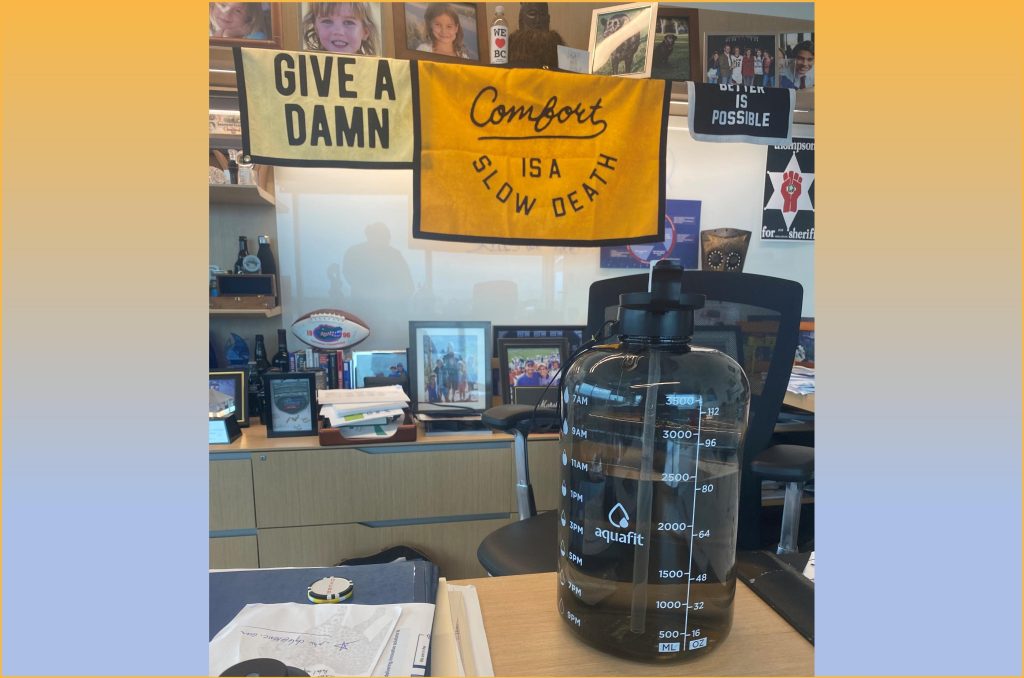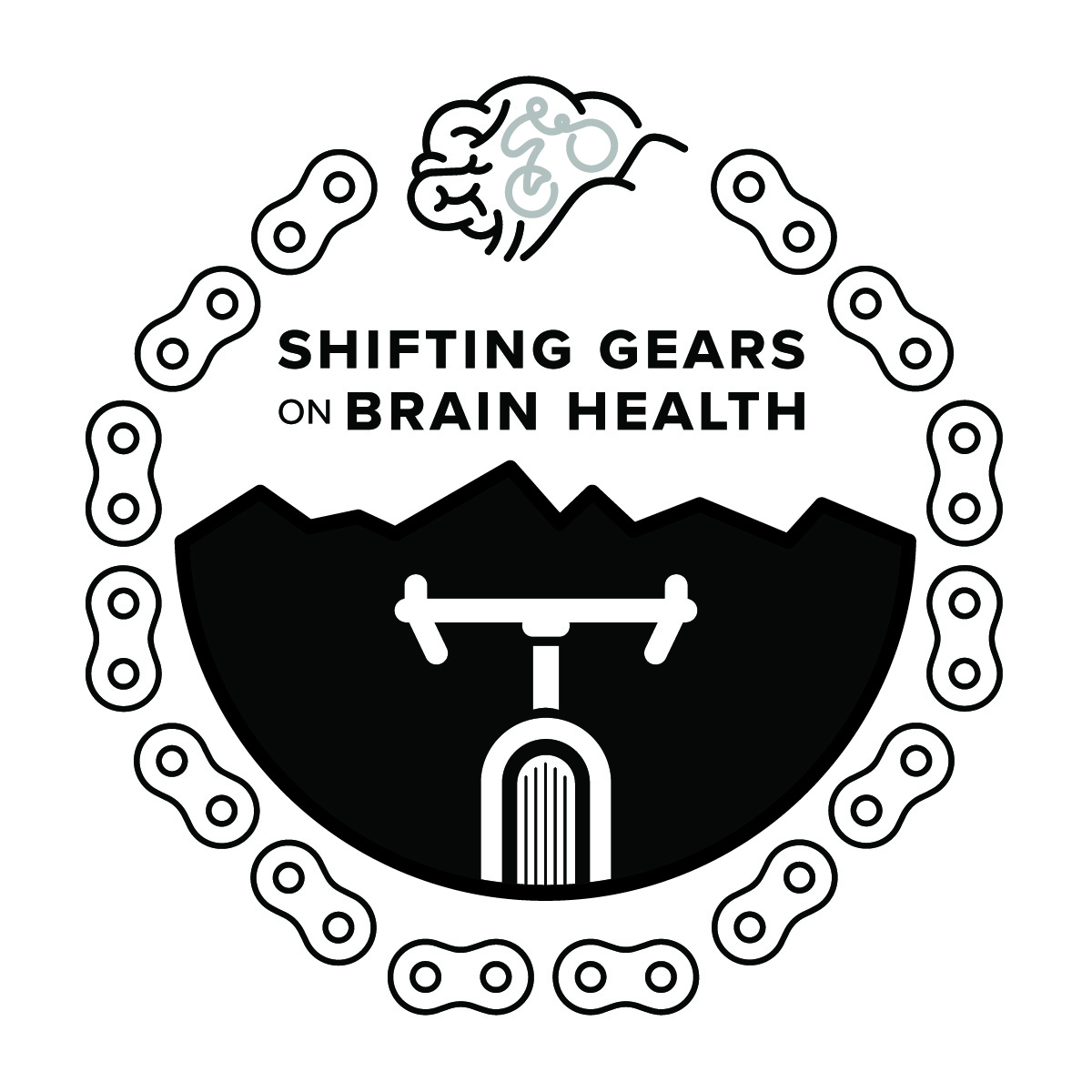By Powell Brown
“Comfort is a slow death” is my newest motto to live and lead by.
Taking a page from The Comfort Crisis: Embrace Discomfort to Reclaim Your Wild, Healthy, Happy Self by journalist Michael Easter, growth happens when you stretch yourself — whether that’s physically, like my upcoming Shifting Gears on Brain Health ride, or mentally, like learning something new.
There is no progression without effort, and effort is often uncomfortable.
When we apply this outlook to business, it becomes clear that the downfall of many organizations is arrogance. When they have some success, they feel as if they’ve arrived. They’ve made it. They become comfortable and, therefore, stuck.
At Brown & Brown, we will never “arrive” as a company. A humble organization knows there is always room for growth. We are always working hard for our customers and teammates, and always evolving together.
No matter the scale, whether organizational or personal, evolution is just as much about the process as the results. We know we are moving forward when we feel discomfort in the process. It takes discipline to keep going.
I’ve found many parallels between my professional life and physical and brain health, especially while training for long-distance races. I recently sat down with the Brown & Brown Communications team for an interview on details of the upcoming race and how I’m preparing.
Q: What riding conditions are you expecting?
A: It will take 7 days and cover 470 miles and 66,000 feet of total elevation throughout the French Alps. I have to remember that the weather will be unpredictable and can escalate throughout each day. A day in the mountains can start cool; I need a light vest or jacket, and then it might drizzle. Soon, it’s sleeting — or it turns really hot. I have to be prepared for all conditions and know how my body will react to them. A big part of the training is just getting to know myself and my body in a new way.
Altitude is a big challenge of this ride. There is significant altitude variation on the route; the highest altitude I’ll experience is 9,000 feet. I’ve realized through some training in Boulder, Colorado, where I’ve practiced on trails that hit 8,600 feet, that I struggle more during extended periods of high altitude than on the consistent up and downs.
This is why training is critical. I’ve learned a lot about myself, physically and brain-wise, and have built habits around them to help me get through this race and others. For example, I’ve begun drinking a gallon of water every day.

Q: That’s a lot to account for in your preparations. Do you worry about your ability to complete the race?
A: I do, and most importantly, the goal is to complete the race safely. That’s why I’ve been so dedicated to my training, and I’m thinking through every possible condition. I’m not self-imposing time limits. I won’t push myself to go faster than speeds where I feel safe. For example, going downhill at 50 mph doesn’t do anything for me; I’d much rather ride at 35-40 mph and know I’m in control. And this slower speed will allow me to look around and take in the ride.
I know this is going to be tough and really challenge me. Everyone experiences at least one really tough day during a ride like this — usually on day 3 or 4 — and I just have to be aware and prepared to mentally fight through it.
Every day has a strategy: don’t go out too fast; know where you have a mechanic waiting with a spare tire; dress appropriately for the weather; grab your experience and lessons learned from yesterday to help you get through today. And then — you go for it.
Q: How do you prepare for 7 back-to-back days of grueling rides?
A: It’s important to know what to expect from your body. We’re going to be doing 50 – 100 miles per day for a week. That’s a lot for a body and muscles to endure.
I have a trainer bike that simulates five of the rides that we’re going to do. At home, I am getting my body accustomed to the challenge by training at elevation and doing a lot of climbing and longer rides. I’m also making sure my body can recover each day and keep going. It starts before the ride with the right warm-up, such as using a roller to get the lactic acid out of my muscles, which helps with soreness. I’m a heavy sweater on the bike, so I also need to replenish my body with the right hydration. I have a mix that I include in a drink that has carbs, protein and electrolytes.
Q: Do you have any race rituals?
A: When I rode the UNBOUND Gravel, I would ring a steel bell on my bike every time I reached a certain interval. Once at 25 miles; a couple of times at 50, 100, 150; until I reached the 205-mile finish line. You have to do these little things to celebrate your progress and keep you pushing for that next milestone.
Q: How competitive are you with your brothers, Kellim and Barrett? Will you ride together or race each other?
A: I’m not looking at the Haute Route Alps as a race against my brothers. It’s 100% a race against myself. Barrett and I will probably ride together, and hopefully Kellim as well. While it’s something we are doing together, we’re also doing it with a group of friends who have signed up. People we’ve raced with before, as well as other cyclists that we’ll meet along the route. The long-distance cycling community is a very supportive group.
The race is coming up, August 20-26, and we’re close to our goal of raising $6 million to directly support nonprofit organizations dedicated to supporting brain health research, education, prevention and treatment. We are committed to this cause, but we are not doing this alone. We are asking you, our greater community, to follow along as we embrace discomfort and embark on this 470-mile journey to raise awareness and funds for brain health. Please join us and consider donating to support our efforts.
